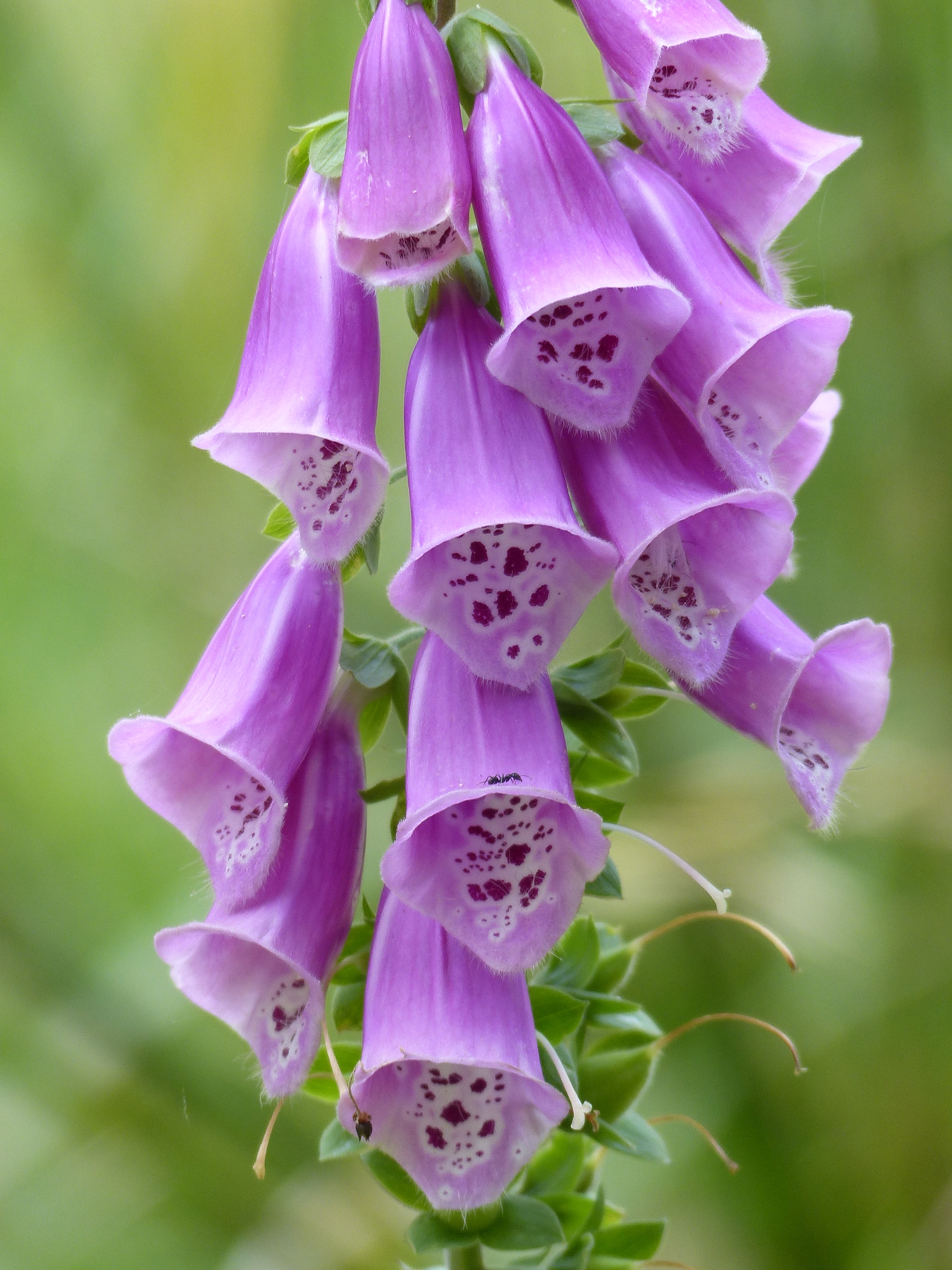
Annual or perennial herbs, less commonly shrubs, sometimes aquatic; autotrophic. Hairs various, usually simple, when glandular the head usually lacking vertical partitions. Leaves rosetted at base, opposite or alternate, simple, entire to pinnately lobed, with pinnate venation (but more or less parellel in Plantago) usually petiolate and sheathing at base; stipules absent. Inflorescences various, of dense terminal spikes, racemes or heads, or flowers solitary in axils; bracts usually present; bracteoles absent (usually) or present. Flowers usually bisexual, nectar disc usually present; sepals 0, 4 or 5, free or partly fused, imbricate, often unequal; corolla 2-lipped to regular (absent in Callitriche), 4- or 5-lobed, lobes at least shortly united at base; stamens 2, 4 or 5, the 5th stamen sometimes present as a staminode (e.g. Penstemon), filaments fused to corolla, anthers 2-celled, dehiscing by longitudinal slits, or by a single inverted U- or V-shaped slit; carpels 2, fused, ovary superior, placentation axile, usually 2-locular but sometimes 4-locular by the growth of false septa, ovules 1–numerous per locule, style simple, stigma terminal, capitatte or 2-lobed. Fruit a loculicidal or circumscissile capsule (Plantago) or of 4 mericarps (Callitriche), or rarely, a nut; seeds various. Seeds angular or winged.
Most of the genera in Plantaginaceae have until recently been included in Scrophulariaceae. The family also now includes Callitrichaceae and Globulariaceae.This treatment follows Stevens, P.F. (2001 onwards, Angiosperm Phylogeny Website).
Rarely cultivated species include the following. Angelonia, from the American tropics, is occasionally grown as a bedding plant in warm districts for the colourful, small flowers. Erinus alpinus L., Alpine Balsam, a bushy plant from S and C Europe, is occasionally grown in cooler districts and is available as the white-flowered cultivar 'Albus' and the crimson-flowered 'Dr Hähnle'. Tetranema roseum (M. Martens & Galeotti) Standl. & Steyerm., Mexican Violet (Mexican Foxglove), from Mexico and Guatemala is a perennial herb to about 20 cm tall, flowers purple, about 12 mm long, with pale, darkly mottled throats.
Plantaginaceae are difficult to distinguish from Scrophulariaceae s. str., Gesneriaceae, Stilbaceae, etc. However, two characters common in Plantaginaceae are the frequent absence of regular vertical partitions in the heads of the glandular hairs and septicidal capsule dehiscence, are uncommon in other Lamiales (Stevens 2001 onwards).
About 90 genera and c. 1900 species, cosmopolitan, but particularly well represented in temperate regions; 23 genera with c. 120 species in Australia.
Albach et al. (2005); Judd et al. (2016); Mabberley (2017); Stevens (2001 onwards, Angiosperm Phylogeny Website); Neotropikey (Neotropical Plantaginaceae); PlantNet; VicFlora.
Created by: Val Stajsic
Updated by: Val Stajsic, April 2018
